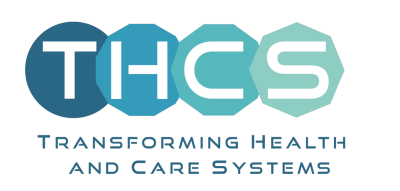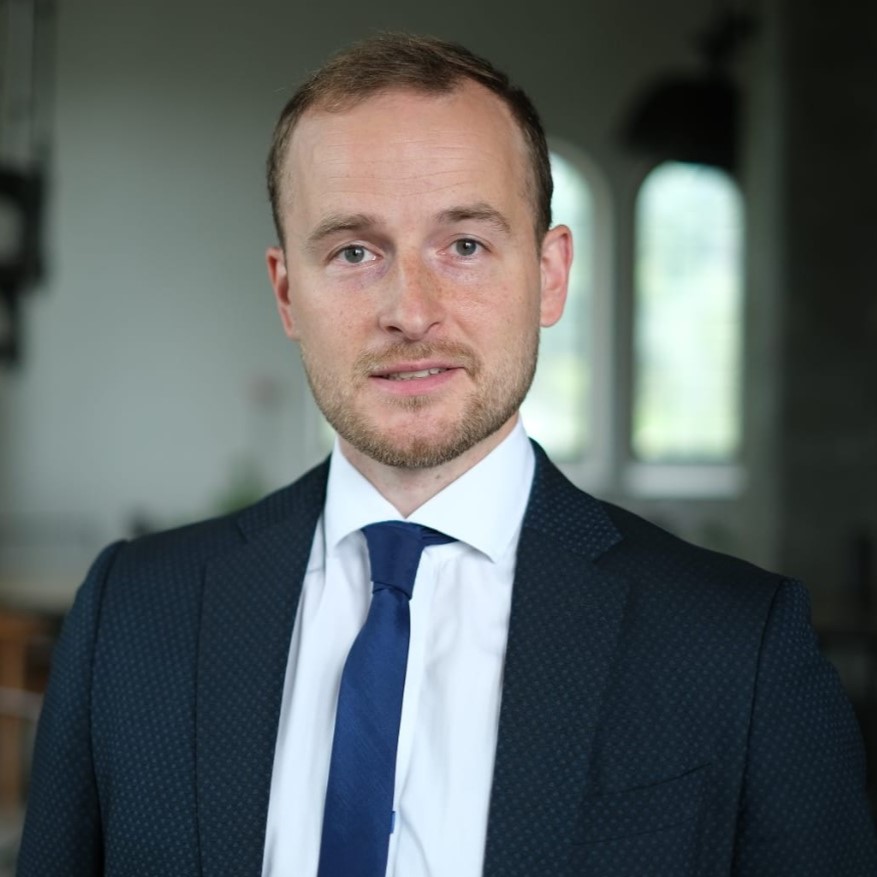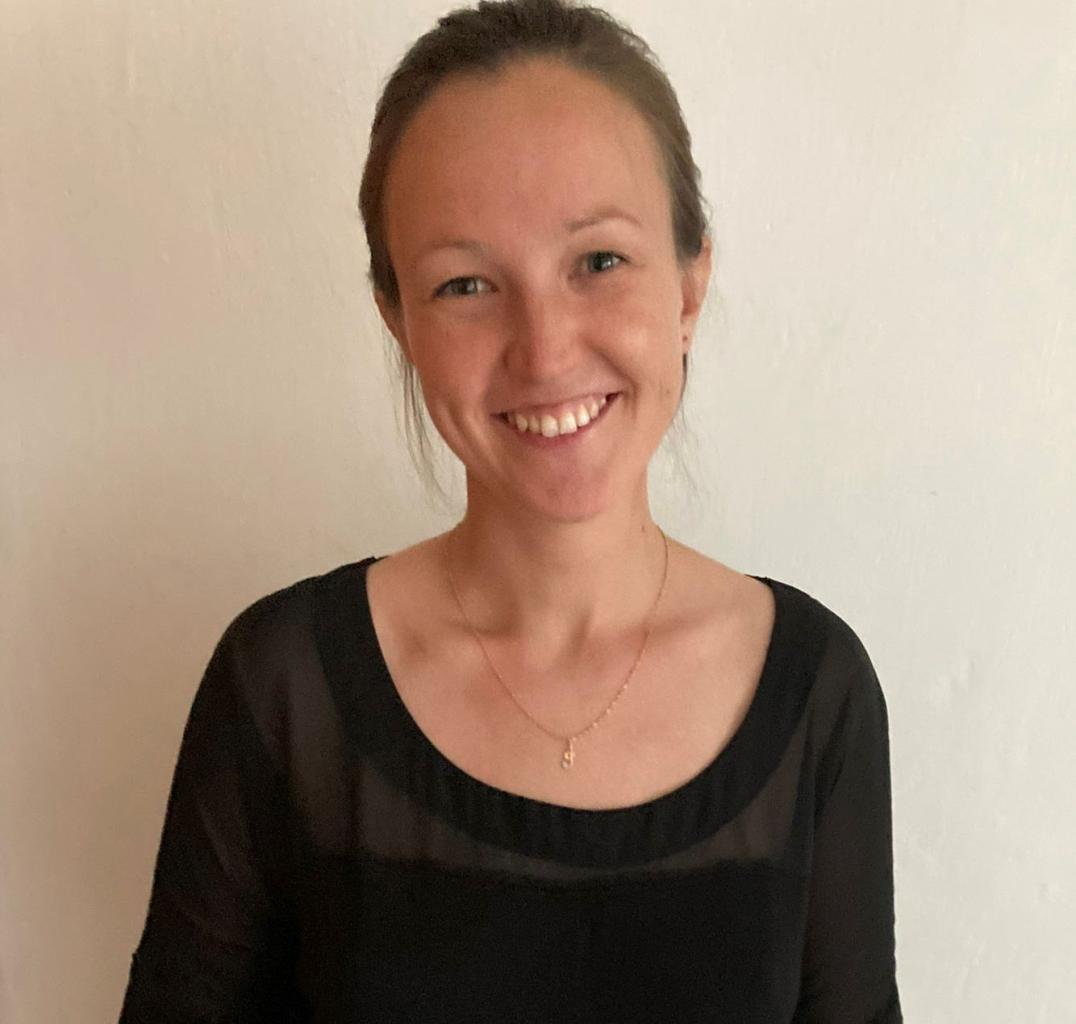RSU researchers seek solutions to improve stroke treatment
Acute cerebral infarction, or ischemic stroke, is the second most common cause of death and the third most frequent cause of disability worldwide. Recent data shows that stroke affects more than 12 million people globally each year, of whom 65% suffer from ischemic stroke. In Latvia, approximately 7,000 patients are hospitalised with stroke annually.

The sooner treatment begins, the better the outcome
Ischemic stroke occurs when a blood vessel in the brain is blocked by a thrombus, which can lead to dysfunction or loss of function in the affected brain area. Time is critical in treatment — the sooner it is started after the first symptoms appear, the fewer brain cells are lost and the better the outcome. Therefore, it is essential to recognise the symptoms in time and ensure that the patient is taken to a hospital without delay to receive the necessary treatment.
Treatment methods for acute cerebral infarction
Treatment of acute cerebral infarction includes dissolving the clot that is blocking the artery (thrombolysis), removing the clot (thrombectomy), or a combination of both methods. The choice of therapy primarily depends on the size of the clot. In cases of large vessel occlusion, if the clot is longer than 8 mm, intravenous thrombolysis is not sufficient, and endovascular thrombectomy is required. During this procedure, the clot is mechanically removed from the blood vessel using a balloon catheter, and normal blood flow is restored.
From first aid to specialised treatment: the drip-and-ship strategy
Although the time window for thrombectomy is longer than for intravenous thrombolysis, time remains critically important, especially when a patient needs to be transferred from a regional hospital—where the acute stroke was diagnosed—to a hospital equipped with the necessary technology and specialists to perform a thrombectomy. This transfer of the patient from a primary hospital to a specialised endovascular center is known as the "drip-and-ship" strategy and is part of the treatment process. For example, in Latvia, the Emergency Medical Service (NMPD) transports patients with suspected stroke to the nearest hospital with a stroke unit (a primary center), where thrombolysis can be performed, in more than 95% of cases.
Latvia's experience in providing thrombectomies
First, the patient undergoes a computed tomography (CT) scan of the brain. If the medical team identifies indications for thrombectomy, the patient is transferred to a hospital with an endovascular center. Pauls Stradiņš Clinical University Hospital (PSKUS) is the main provider of thrombectomy in Latvia, operating a specialized endovascular center with an experienced thrombectomy team. Thrombectomy procedures are also performed at Riga East Clinical University Hospital (RAKUS), and in recent years, this treatment method has also been introduced at Daugavpils Regional Hospital.
A unified system brings better outcomes
According to the guidelines of the European Stroke Organization, the therapeutic time window for initiating intravenous thrombolysis in Europe is up to nine hours, while mechanical thrombectomy can be performed up to 24 hours for specially selected patients who have not yet developed irreversible brain damage. Real-time communication between hospitals and the preparedness of medical staff before the patient arrives at the hospital are critical factors determining the success of the therapy outcome.
In Latvia, the rapid and successful transport of patients to an endovascular center, as well as the timely performance of thrombectomy, is ensured thanks to a functioning communication system between primary and endovascular centers. Using the DataMed information system, diagnostic medical data is shared between hospitals in real time, and the presence of a unified national Emergency Medical Service (NMPD) allows patient transfers to hospitals to occur efficiently and without time delays.
RSU joins international stroke treatment project
Elsewhere in Europe, hospitals face challenges related to the drip-and-ship treatment process and infrastructure, leading to delays in thrombectomy due to patient transfer and admission procedures at endovascular centers. In Southeastern Tuscany, Italy, between 2018 and 2021, 711 patients with acute ischemic stroke were registered, 249 of whom were transferred to the University Hospital of Siena. Of these, approximately 20% received thrombolysis, 27% underwent thrombectomy, and 53% received combination therapy. For patients who underwent thrombectomy, the average time from arrival at the endovascular center to the start of the mechanical thrombectomy procedure (door-to-groin time) was 81 minutes—significantly exceeding the 60 minutes recommended by guidelines—an issue that remains unresolved.
Rīga Stradiņš University (RSU), in cooperation with the University Hospital of Siena in Italy and partner institutions in Spain, Switzerland, and Austria, has launched a project titled Reducing Reperfusion Time in Acute Ischemic Stroke Patients (MDR in AIS), as part of the European partnership program Horizon Europe. The project's aim is to reduce the time from a patient's arrival at the endovascular center to the initiation of mechanical thrombectomy.
More effective stroke treatment through telemedicine
The tasks of the first part of the project include identifying the time intervals between the onset of symptoms and the performance of mechanical thrombectomy where the most significant delays or repeated actions occur. The tasks also involve evaluating the overall safety, efficiency, and economic sustainability of the workflows in the project’s participating hospitals.
The second part of the project includes the implementation of an artificial intelligence–based telemedicine tool that would enable real-time sharing of patient data, organisational information, and imaging diagnostics among healthcare professionals. This would allow the patient to reach the operating room more quickly, bypassing the emergency department.
Currently, the project’s researchers plan to use the Brainomix 360 Stroke Platform, developed by the company Brainomix. It includes several AI-based tools such as Brainomix 360 Mobile, e-ASPECTS, e-CTA, and e-CTP, which are designed to support faster, more accurate, and more efficient treatment decisions and ensure accessibility to patient data.
How the telemedicine tool is expected to improve stroke treatment
In both parts of the study, researchers are tasked with analysing various clinical indicators to assess the impact of the telemedicine tool on the quality of patient care. It is projected that this tool will reduce the door-to-reperfusion time by at least 30 minutes, thereby improving treatment outcomes, reducing the burden on emergency services, and lowering long-term rehabilitation costs. Researchers also aim to explore the project's socioeconomic impact and differences between national healthcare systems.
The project consortium is coordinated by the University Hospital of Siena in central Italy, which operates as a comprehensive stroke center.
Project partners
- USL Toscana sud est (Italy)
- Lausanne University Hospital (Switzerland)
- Fundacion Publica Andaluza para La investigacion de Malaga en Biomedicina y Salud (Spain)
- Rīga Stradiņš University (Latvia)
- SYNYO Gmbh (Austria)
As part of the project, RSU is responsible for coordinating secure data management and analysis.
Read more about the project on the RSU website
Insights from researchers
In Latvia, compared to other European countries, the drip-and-ship patient transport model—from a primary stroke unit to a specialised endovascular center in cases of large-vessel occlusion ischemic stroke—has been successfully established. Can you outline how this process works?
All patients with suspected acute stroke are transported by the Emergency Medical Service (NMPD) to the nearest hospital with a stroke unit (Valmiera, Rezekne, Daugavpils, Jekabpils, Jelgava, Liepaja, Ventspils, or in Riga – PSKUS and RAKUS). If it is determined that the patient has a large vessel occlusion in one of the arteries supplying the brain, a decision is made to urgently transfer the patient to the nearest center that performs endovascular treatment (mechanical thrombectomy). In Latvia, thrombectomy is performed in Daugavpils, RAKUS, and PSKUS. Only PSKUS provides this service 24/7.
To decide on patient transfer, rapid and comprehensive information exchange between the involved hospitals is essential. This includes data on the patient’s current health condition, stroke severity, comorbidities, previously used medications, and other critical factors that may affect treatment decisions.
A crucial factor is Latvia’s capability to remotely view diagnostic imaging results (currently supported by the DataMed platform). This enables a timely decision about the indication for endovascular treatment and the technical feasibility of the procedure.
Once the decision for transfer is made, communication is coordinated via the NMPD dispatcher between the ambulance crew and the receiving hospital. This allows treatment decisions to be made in advance and the expected arrival time of the patient to be planned.
As a result, when the NMPD team arrives, the neurologist from the stroke unit is already waiting and accompanies the patient directly to the thrombectomy operating room, where the thrombectomy team is prepared to receive them.Neurologist (Dr. med.) Jānis Vētra
What is the impact of the study on the healthcare system and its improvement at the European level?
This project, which is part of the European Partnership 'Transforming Health and Care Systems' under Horizon Europe, demonstrates transformation in healthcare. Its activities are closely aligned with the current European Parliament and Council Regulation (EU) 2025/327 on the European Health Data Space, emphasizing cross-border data exchange and data analysis. A key element is the integration of telemedicine and AI tools into stroke patient care, which facilitates faster diagnosis and initiation of therapy within the drip-and-ship model. Reducing reperfusion time directly affects treatment outcomes, and this approach translates into economic and sustainability indicators, as faster recovery reduces the long-term burden on healthcare systems and patient care.
Living in the era of artificial intelligence, this project is a practical example of how to improve patient healthcare using modern technology. Its impact is reflected not only in clinical and functional benefits but also in socioeconomic indicators, making it a significant step forward in healthcare.Lecturer (PhD) Guna Semjonova
Related news
 Sustainable ideas and an innovation bootcamp in Vienna – RSU students invited to apply for the Green Hexagon programmeRSU Alumni, For RSU Employees, For Students, Innovation
Sustainable ideas and an innovation bootcamp in Vienna – RSU students invited to apply for the Green Hexagon programmeRSU Alumni, For RSU Employees, For Students, Innovation




